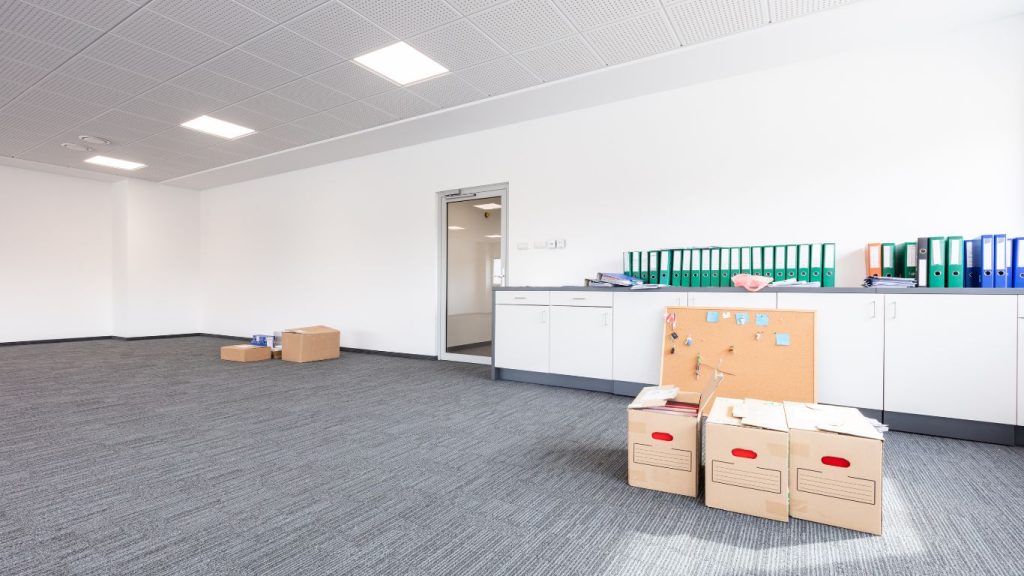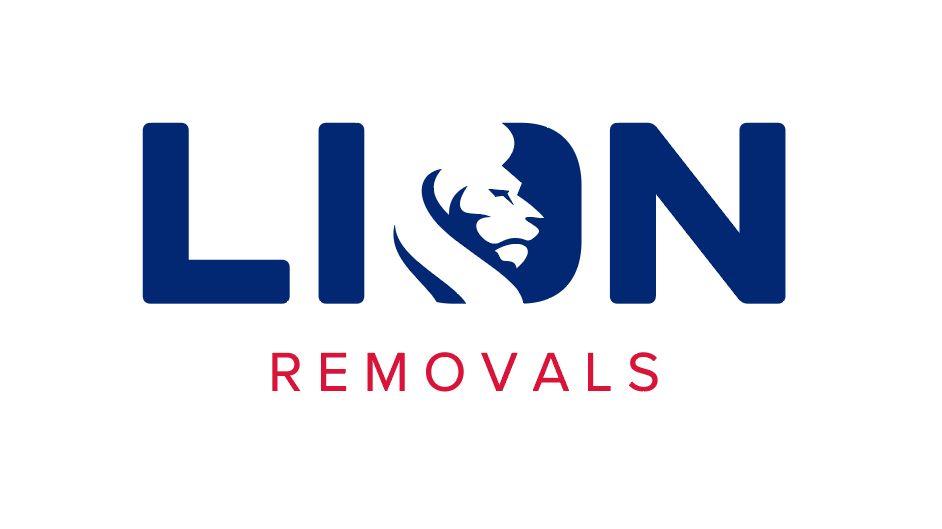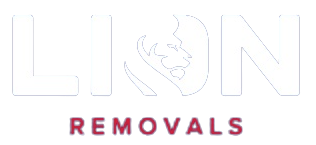
Change is a constant in the business world, and one of the most significant changes a company can experience is an office relocation. Whether it’s due to expansion, cost savings, or a strategic shift in location, moving an entire office requires meticulous planning and execution. Smooth transitions are vital to minimizing disruption, maintaining productivity, and ensuring a seamless shift for employees and clients alike. In this comprehensive guide, we’ll explore the key elements of office relocation services that contribute to a successful move.
The Pre Planning Phase: Laying the Foundation for Success
A smooth office relocation begins long before the moving day. Preplanning is essential to ensure every detail is considered. Start by forming a relocation committee consisting of representatives from different departments. This committee will serve as the point of contact for communication and coordination throughout the process.
Identify the reasons behind the relocation and set clear objectives. Determine the budget and create a timeline that includes key milestones leading up to the moving day. A well-defined timeline helps allocate resources efficiently and minimizes disruption to business operations.
Choosing the Right Office Relocation Partner
Selecting the right office relocation service provider is a crucial step. Look for a company with a proven track record in managing office moves. A reliable partner will offer a range of services, including project management, logistics, packing, and technology setup.
Request quotes from several reputable providers and compare their offerings. Consider their experience, customer reviews, and the comprehensiveness of their services. A good fit will align with your company’s values, communication preferences, and objectives for the move.
Designing a Functional Office Layout
The new office space offers an opportunity to rethink the layout and design. Consider the workflow and collaboration needs of your teams when planning the layout. Modern office design trends prioritize open spaces, breakout areas, and flexible workstations that enhance communication and productivity.
Involve employees in the design process to gather insights on their needs and preferences. A well-designed office not only improves morale but also enhances efficiency by minimizing bottlenecks and optimizing the use of space.
Technology and Infrastructure
In today’s digital age, technology is the backbone of any successful business. Ensure a seamless transition of your IT infrastructure by working closely with your IT team and the relocation service provider. Plan for the installation of internet connections, phone systems, servers, and network equipment well in advance.
Backup critical data to prevent loss during the move, and have a contingency plan in place in case of any unexpected technical glitches. A well-executed technology transition minimizes downtime and ensures a smooth continuation of operations.
Communication is Key
Effective communication is vital throughout the relocation process. Keep employees informed about the relocation plans, timelines, and any changes that might affect their work routine. Regular updates help alleviate anxiety and uncertainty.
Additionally, communicate with clients and suppliers to ensure they’re aware of the upcoming move and any potential disruptions to your services. Clear communication demonstrates professionalism and maintains the trust you’ve built with your stakeholders.
The Moving Day Execution
The success of an office relocation hinges on the execution of moving day. Assign a team to oversee the logistics and coordinate with the relocation service provider. Label and organize all items for efficient packing and unpacking.
Create a moving day schedule that outlines tasks, responsibilities, and deadlines. This schedule should account for the disassembly, transportation, and reassembly of furniture, equipment, and technology. Having a well-organized plan reduces chaos and ensures a smoother process.
Post-Move Adjustment and Evaluation
After the move, allocate time for employees to settle into the new space. Address any initial challenges they might encounter and provide guidance on navigating the new layout and technology setup.
Conduct a post-move evaluation to assess the success of the relocation. Gather feedback from employees on the new office environment, and identify any areas for improvement. This evaluation will inform future moves and allow you to refine your relocation strategy.
Conclusion
In conclusion, a successful office relocation requires careful planning, clear communication, and strategic execution. By following these steps, you can ensure a smooth transition that minimizes disruption and maintains productivity. At Lion Removals in Gold Coast, QLD, you can be sure that your office move will be in a proper and safe way. Contact us today at 1300 790 355 to know more about our services offered!






